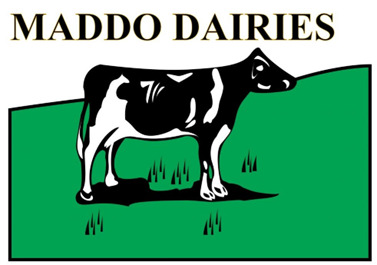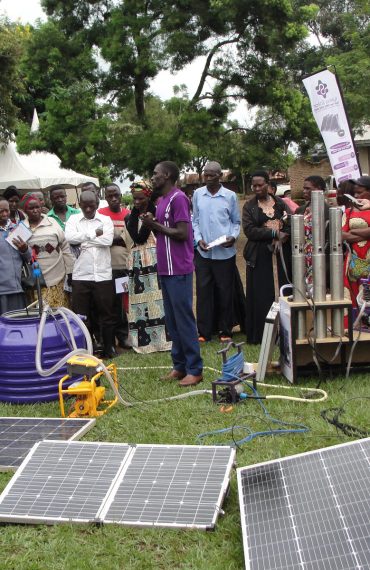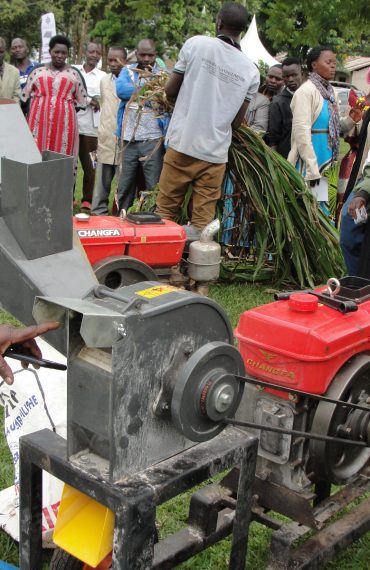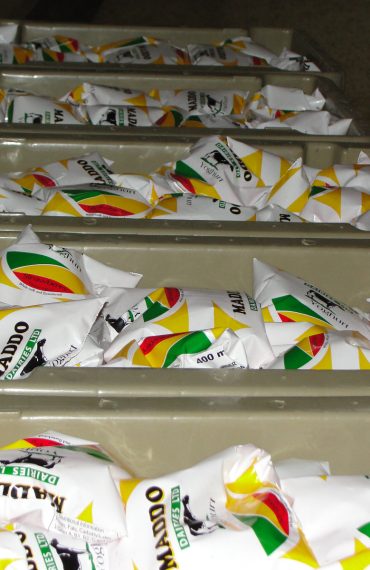
Zero Grazing
1. The zero grazing project aims to improve dairy farming by keeping livestock in controlled environments, minimizing the need for pasture land. This method ensures that cows have constant access to fresh feed, clean water, and optimal care for better milk production.
2. Farmers participating in the zero grazing project receive training on proper animal husbandry, including feeding, sheltering, and waste management. This approach reduces the spread of diseases and improves the overall health of the livestock.
3. Zero grazing also promotes environmental sustainability by reducing land degradation and conserving natural resources. It ensures that cows are well-fed without overgrazing, preserving the surrounding environment for future generations.
4. The project enhances farmers’ productivity, as they can manage their livestock more efficiently and increase milk yields. With proper training and support, farmers can achieve long-term success, improving their livelihoods and contributing to the local dairy industry.





